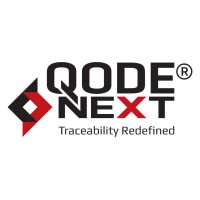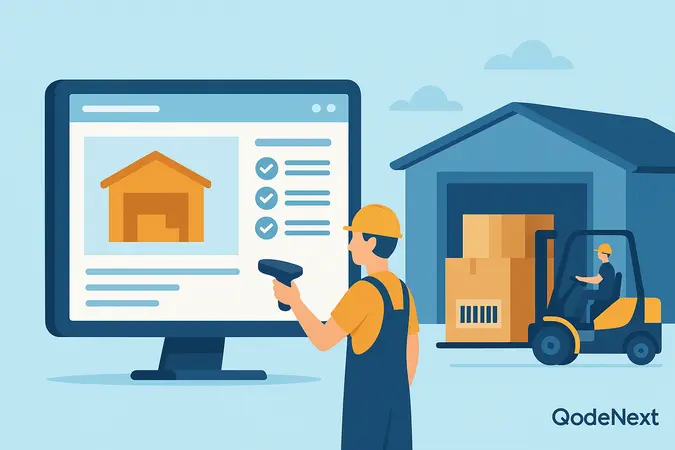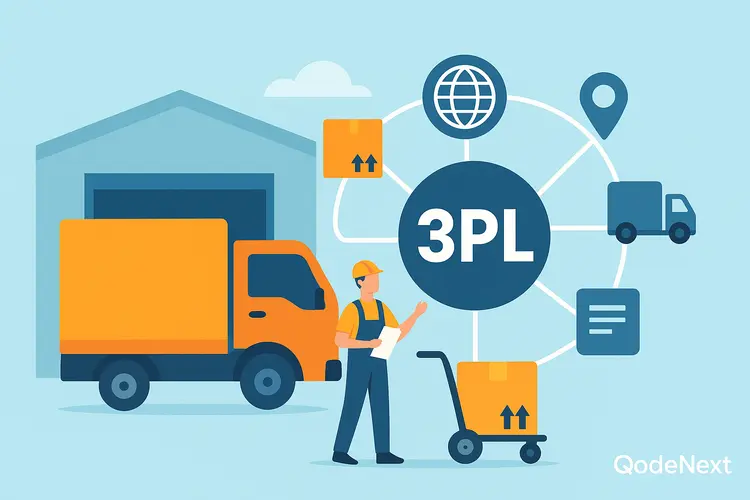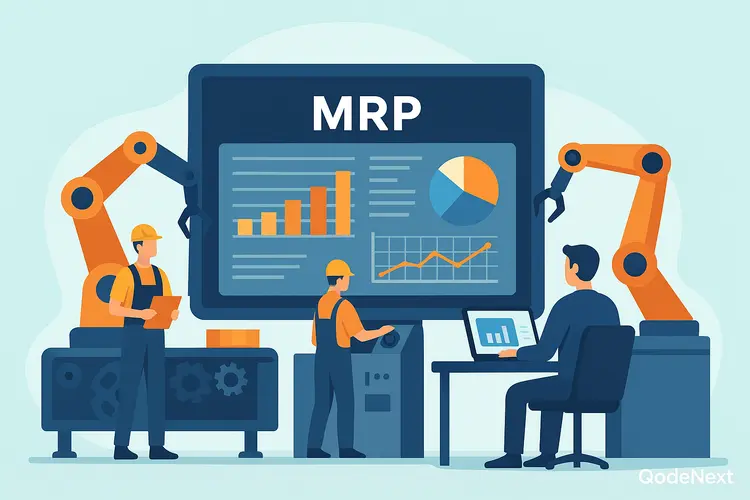Achieving a cost-effective supply chain is not only a crucial goal for businesses but also a key determinant of their success in today’s competitive landscape. A well-optimised supply chain can lead to streamlined processes, reduced expenses, and increased profitability. According to a recent study conducted in India, companies that prioritise cost optimization in their supply chain management achieve an average cost reduction of 15%, providing them with a significant competitive advantage.
In this article, we will explore essential techniques for supply chain cost reduction that every business should start practising. We will delve into the different types of costs involved in supply chain management and provide actionable strategies to minimise them. Additionally, we will examine relevant case studies from prominent Indian brands to highlight the real-world application of these techniques and the benefits they can deliver.
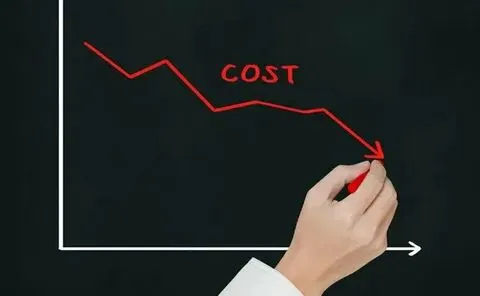
Types of Costs Involved in SCM
To understand the significance of cost reduction techniques in supply chain management, it’s essential to recognize the different types of costs that can impact your business. In the retail industry, efficient retail supply chain management is essential for balancing product availability with cost efficiency. Streamlined operations help retailers tackle fluctuating demand, inventory challenges, and transportation costs effectively. By leveraging data-driven insights, retail businesses can enhance customer satisfaction while maintaining profitability. Let’s take a closer look at some key cost categories:
- Procurement Costs
These include expenses related to acquiring raw materials, components, and finished products. By optimising supplier selection, negotiating favourable contracts, and implementing strategic sourcing practices, you can effectively reduce procurement costs. Building strong relationships with suppliers and engaging in collaborative cost reduction initiatives can also lead to cost savings.
- Inventory Costs
Excess inventory ties up capital and incurs additional expenses such as storage, insurance, and obsolescence. By implementing efficient inventory management systems, adopting just-in-time (JIT) practices, and optimising stock levels, you can minimise inventory costs while ensuring adequate supply to meet customer demand. Utilising demand forecasting tools and analysing historical sales data can help you accurately forecast demand and adjust inventory levels accordingly.
- Transportation Costs
Transportation is a significant expense in supply chain management. By consolidating shipments, optimising routes, utilising technology for route planning, and exploring alternative transportation methods, such as rail or sea, you can reduce transportation costs. Collaboration with carriers and negotiating favourable contracts can further optimise transportation expenses. Since transportation forms the backbone of logistics and supply chain management, every optimization effort directly impacts overall costs. By integrating smart route planning, automated scheduling, and digital tracking, businesses can significantly improve logistics efficiency. These improvements ensure faster deliveries and better resource utilization across the supply chain.
- Warehousing Costs
Warehousing operations involve various expenses, including rent, utilities, labour, and equipment maintenance. Implementing warehouse automation, optimising space utilisation, and improving order fulfilment processes can significantly reduce warehousing costs. Leveraging barcode or RFID tracking systems can enhance inventory accuracy, reducing time spent searching for products within the warehouse.
7 Essential Techniques for Supply Chain Cost Reduction
To achieve a cost-effective supply chain, businesses must implement specific techniques and strategies. Let’s explore some proven techniques that you should start practising:
- Demand Planning and Forecasting
Accurate demand forecasting allows you to align production and inventory levels with customer demand, minimising the risk of overstocking or stockouts. Leveraging advanced analytics and historical data can enhance forecasting accuracy, reduce carrying costs, and improve customer satisfaction.
- Supplier Collaboration and Consolidation
Building strong relationships with suppliers can lead to better pricing, favourable terms, and enhanced responsiveness. Collaborating with suppliers on joint cost reduction initiatives, such as shared transportation or inventory management, can reduce costs for both parties. Additionally, consolidating the supplier base simplifies procurement processes and allows for better negotiation of pricing and terms.
- Process Optimization: Analysing and Optimising Supply
chain processes can reveal inefficiencies and bottlenecks that impact costs. Mapping out processes, identifying areas for improvement, and implementing lean principles can streamline operations, reduce waste, and increase productivity. Continuous process improvement initiatives, such as Six Sigma or Kaizen, can also drive ongoing cost reduction efforts.
- Technology Integration
Embracing technology advancements like automation, artificial intelligence, and data analytics can revolutionise your supply chain. Automation improves efficiency, reduces errors, and frees up resources, while data analytics provides valuable insights for cost-saving opportunities and better decision-making. Implementing supply chain management software can streamline operations, enhance visibility, and facilitate data-driven decision-making. Modern businesses increasingly rely on online supply chain management systems that centralize visibility and control through cloud-based platforms. These digital tools simplify data sharing, order tracking, and supplier coordination in real time. The result is improved transparency, lower operational costs, and more responsive decision-making across the network.
- Cross-Functional Collaboration
Collaboration across different functions within an organisation, such as procurement, production, logistics, and sales, is crucial for effective supply chain cost reduction. By breaking down silos and fostering communication and collaboration, you can identify and implement cross-functional initiatives that drive cost savings. Encouraging teams to share information, align goals, and work together to optimise processes can lead to significant cost reductions.
- Risk Management and Resilience
Proactively managing risks in the supply chain can mitigate potential disruptions and associated costs. Conducting risk assessments, implementing contingency plans, and diversifying suppliers and transportation options can help mitigate risks such as natural disasters, geopolitical issues, or supplier disruptions. Building a resilient supply chain ensures continuity of operations and reduces the financial impact of unforeseen events.
- Supplier Performance Management
Monitoring and managing supplier performance is essential for cost reduction and overall supply chain efficiency. Implementing supplier scorecards, conducting regular evaluations, and addressing underperforming suppliers can help ensure that you are working with reliable and efficient partners. By optimising supplier performance, you can reduce costs associated with poor quality, delays, or disruptions. Implementing a robust supplier management system allows companies to monitor vendor performance, compliance, and reliability effectively. Such systems enable real-time evaluation based on metrics like delivery timelines, quality, and cost efficiency. This structured approach helps reduce procurement risks and fosters stronger supplier relationships leading to long-term savings.
Relevant Case Studies To Be Aware Of
To illustrate the effectiveness of these cost reduction techniques, let’s examine relevant case studies from prominent Indian brands:
Case Study: Marico Limited
Marico Limited, a leading FMCG company in India, focused on supply chain cost reduction to enhance profitability. By implementing a centralised procurement system and optimising supplier contracts, they achieved significant savings in procurement costs. Additionally, by adopting data-driven demand forecasting techniques and implementing just-in-time inventory practices, they reduced inventory holding costs by 18%. This resulted in improved cash flow and reduced carrying costs, leading to enhanced profitability.
Case Study: Titan Company Limited
Titan Company Limited, a well-known Indian consumer goods company, implemented cross-docking techniques to optimise their supply chain. By eliminating the need for storage and reducing handling time, they significantly reduced warehousing costs while ensuring timely delivery of products to retail outlets. This streamlined approach allowed them to achieve a 10% reduction in overall supply chain costs. The efficient flow of goods from suppliers to customers minimised inventory holding costs and improved customer satisfaction.
Wrapping Up
To sum up, effective supply chain cost reduction techniques are essential for businesses seeking to achieve a cost-effective and efficient supply chain. By implementing techniques such as demand planning and forecasting, supplier collaboration and consolidation, process optimization, technology integration, cross-functional collaboration, risk management, and supplier performance management, businesses can significantly reduce costs, improve operational efficiency, and gain a competitive edge in the market.
To unlock the full potential of cost optimization, businesses can turn to industry-leading solutions experts like Qodenext. We at Qodenext offer comprehensive supply chain management capabilities tailored to specific business needs. By leveraging our expertise and technology, businesses can optimise their supply chains, achieve significant cost savings, and drive sustainable growth.
Take action today, implement these techniques, and leverage the right tools and solutions to transform your supply chain into a cost-effective powerhouse, positioning your business for success in the dynamic and ever-evolving market.
Conclusion
In today’s competitive economy, achieving supply chain cost efficiency is more than just a financial goal—it’s a strategic differentiator that drives long-term business success. By adopting proven cost reduction techniques such as accurate demand forecasting, supplier collaboration, process optimization, and technology integration, organizations can reduce unnecessary expenses while maintaining service quality and operational agility.
The businesses that leverage automation, data-driven decision-making, and cross-functional collaboration gain a sustainable edge—improving cash flow, minimizing waste, and enhancing resilience against disruptions. Whether you’re a small enterprise or a large manufacturer, consistent optimization efforts will lead to measurable savings, improved performance, and greater profitability.
FAQs for “Supply Chain Cost Reduction Techniques”
1. What are the most effective ways to reduce supply chain costs?
Leading strategies include optimizing transportation routes, consolidating shipments, integrating automation, and leveraging data analytics for smarter forecasting.
2. How can technology help in supply chain cost reduction?
Technologies like AI, IoT, and blockchain improve forecasting accuracy, enhance visibility, minimize waste, and enable predictive maintenance for cost savings.
3. What role does demand forecasting play in cost reduction?
Accurate demand forecasting helps balance supply and demand, reducing overstocking, stockouts, and related carrying costs.
4. How do supplier relationships affect supply chain costs?
Strong collaboration with suppliers allows for better pricing, shared resources, joint logistics initiatives, and overall cost optimization.
5. What is supply chain process optimization?
It involves analyzing workflow inefficiencies, identifying bottlenecks, and applying continuous improvement methods like Lean and Six Sigma to reduce waste and delays.
6. Can small businesses benefit from supply chain cost reduction strategies?
Yes, smaller companies can apply low-cost techniques such as process mapping, supplier consolidation, and automation tools to cut operational expenses.
7. What are hidden costs in the supply chain that companies often overlook?
Hidden costs include excess handling, poor demand planning, supplier delays, underutilized warehouse space, and inefficient delivery routes.
8. How do third-party logistics (3PL) providers help reduce supply chain costs?
3PLs provide economies of scale, advanced technologies, and optimized warehouse and distribution solutions that minimize transportation and fulfillment costs.
9. Why is sustainability becoming an important part of cost optimization?
Sustainable practices like energy-efficient logistics, eco-packaging, and waste reduction lower costs while improving brand image and compliance.
10. What metrics should businesses track to measure supply chain cost efficiency?
Key metrics include cost per order, inventory turnover, transportation cost per unit, warehouse utilization rate, and total landed cost.
